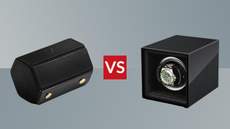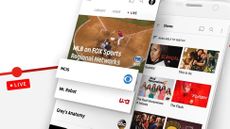You're finally ready - ready to start your own YouTube channel and begin your vlogging journey to stardom (that's like blogging, but with video, by the way). So how do you get started? It's actually surprisingly easy, but we've got a few tips to share to help you.
With so much competition out there, you want a setup that's a cut above the rest, so we'll recommend some gear you might want to check out. We'll also explain how to maximise your chances of grabbing some of billions of daily views that YouTube attracts worldwide.
Set up a YouTube channel
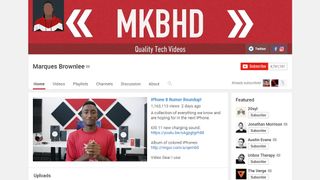
This is the simple bit - and you may have already done it. Anyone with a YouTube account can set up a channel and start uploading clips to it for free, with no limits on upload length, or video size, or video quality.
If you're channel-less at the moment, try uploading your first video and YouTube will take you through the process of creating a channel. Your channel's front page will simply show your video uploads in date order, with the newest first, though you do get some basic control over the layout and your About page, which can include links.
Congratulations, you're now a vlogger. Clips you upload can be kept private to begin with if you want a few practice runs or want to get everything edited before it's made public. If you don't have any video editing software on your computer, like Apple's iMovie or Adobe Premiere Elements, then YouTube has its own simple editor you can use on the web.
Start attracting enough views (which we'll touch on later) and YouTube will even offer to share some advertising revenue with you. Be careful not to use any copyrighted songs or clips, though - chances are YouTube's algorithms will catch you out.
Choosing your video gear
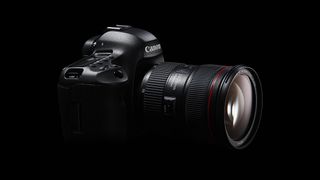
You can start your own YouTube channel with the camera on your smartphone or tablet - just about any modern device out there is good enough to shoot clips for the purposes of YouTube. If you're a complete beginner there's no harm in starting off with something small and cheap and working up.
That said, better gear means better footage and a better chance of standing out from the YouTube crowd. Think top-end smartphones or DSLR cameras, preferably with 4K recording capabilities if you can afford it. A flexible tripod is a good accessory investment, which will help to keep your camera and your footage steady.
If you're heading to the outdoors for your vlogging then find a camera that's protected against the elements (a GoPro camera is ideal for the adventurous vlogger) and maybe invest in a gimbal or stabiliser to keep your clips looking smooth while on the go.
Plenty of existing YouTubers share their setups online so you can see what kind of camera results in what kind of footage and make your choice accordingly. Where you can, check out the sample clips uploaded alongside camera reviews to make sure you're getting the best one for your brand new YouTube channel.
Choosing your audio gear
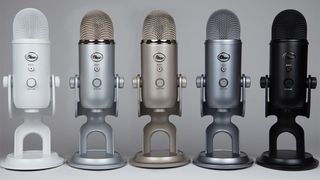
You'd be amazed at the difference that good audio makes to a video channel: scratchy or crackly sound is a real turn-off for viewers, so you really want to make sure your clips sound as good as they look.
This is largely going to be down to your choice of camera of course, but adding a microphone - even if it's a simple, cheap one - is going to make your voice sound much clearer and easier on the ears. Whether you've set up a DSLR on a tripod costing thousands of pounds or just propped your phone up against the desk, you'll be able to find microphones that plug in and give you better audio than the built-in one.
You can go pretty much as high as you want in terms of the cost of a microphone but even something cheap will get decent results. As always, consult reviews online and again see what the professional YouTubers make use of, and think about how you're planning to use it (indoors or outdoors for example).
The surrounding environment makes a big difference to sound quality as well. Cut out extraneous noises as much as you can, and if you are recording indoors then try your best to seal off your recording room to prevent other sounds from seeping in.
Find your audience
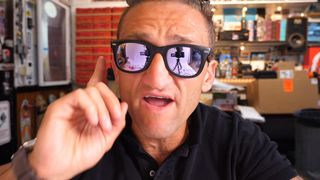
How big an audience you find out on YouTube is partly going to depend on your skills as a vlogger and the type of content you're churning out, but there are definitely ways in which you can maximise your chances of attracting views. Of course, you might just be vlogging for your own personal entertainment rather than viewing figures, which is fine too.
Give your videos descriptive titles and detailed descriptions to increase the likelihood of them being found in YouTube searches, and promote them across as many social media channels as you've got, even if you don't have many followers out there.
Another good tactic for drumming up interest is to be an active participant in the YouTube community - leave comments on videos uploaded by others who are vlogging about similar topics, and put it some online networking time, as you never know where a friendship or partnership might lead.
Keep an eye on what other people are doing, and what viewers like, and adapt accordingly. Ultimately your channel will rise or fall on the quality of its content - but remember to try and enjoy yourself along the way.



